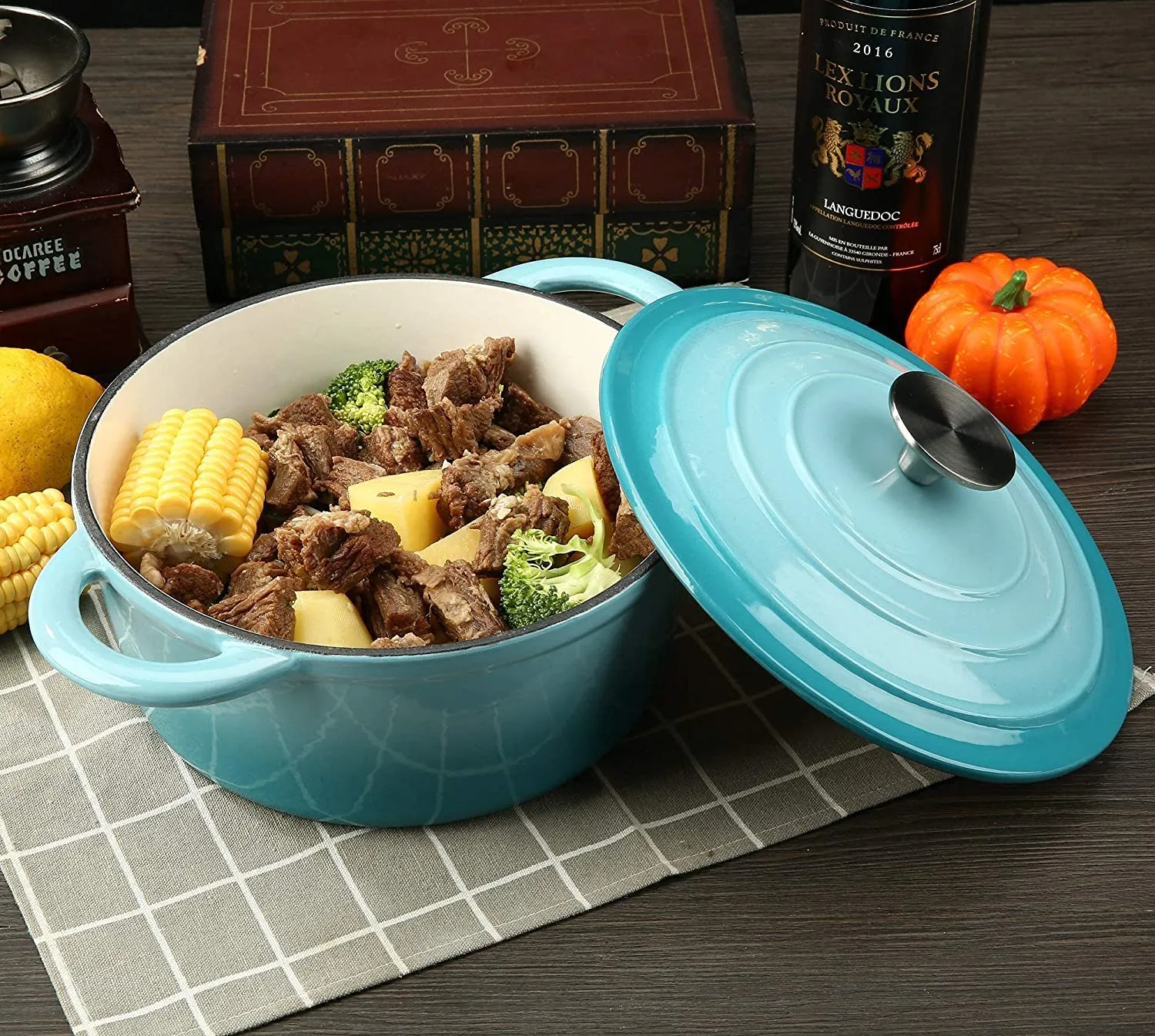
How to Fix a Cast Iron Skillet That Isn’t Seasoned Properly
Understanding Unseasoned Cast Iron Skillets Tips and Tricks for Beginners
Cast iron skillets are beloved kitchen staples, known for their durability and ability to retain heat. They can last a lifetime – or even longer if properly maintained. However, many people find themselves faced with the challenge of using a cast iron skillet that is not seasoned. Understanding what this means, the impact it has on cooking, and how to address it can elevate your culinary experience.
What Does Unseasoned Mean?
In the context of cast iron cookware, seasoning refers to the layer of polymerized fat that forms a non-stick surface. This natural coating not only prevents food from sticking but also protects the skillet from rust. An unseasoned cast iron skillet is one that has not undergone this process, often appearing dull and graying rather than shiny and black.
Why Seasoning Matters
When you cook with a well-seasoned skillet, you benefit from numerous advantages
1. Non-stick Surface Properly seasoned skillets can offer a natural non-stick surface, which is essential for frying eggs or pancakes without creating a mess. 2. Flavor Enhancement Seasoning provides a distinctive flavor to food, allowing you to enjoy enhanced taste in your dishes.
3. Rust Prevention The seasoning acts as a protective layer against moisture, which can lead to rusting if left unchecked.
4. Heat Retention and Distribution Cast iron is excellent for maintaining consistent heat, which can lead to perfectly cooked meals, and seasoning helps maximize this benefit.
Identifying an Unseasoned Skillet
Recognizing whether your cast iron skillet is unseasoned is straightforward. If the surface feels rough and you notice food sticking, you likely have an unseasoned skillet. Unseasoned cast iron can also rust easily and may have a metallic taste when cooking.
cast iron skillet not seasoned

How to Season Your Cast Iron Skillet
To transform an unseasoned skillet into a kitchen asset, follow these steps to properly season it
1. Clean the Skillet If the skillet is brand new, wash it with warm, soapy water. Use a steel wool pad or abrasive scrubber to remove any factory residue. This is often a technique used to start with a clean slate.
2. Dry Completely Dry the skillet thoroughly to prevent rust. You can place it on the stove over low heat for a few minutes to ensure all moisture evaporates.
3. Apply Oil Choose a fat with a high smoke point for seasoning. Flaxseed oil is popular due to its polymerizing qualities, but vegetable oil or grapeseed oil will also work. Using a paper towel, spread a thin, even layer of oil over the entire surface of the skillet, including the handle and bottom.
4. Bake Place the skillet upside down in an oven preheated to 450-500°F (232-260°C). To catch any drips, you can place a baking sheet on the lower rack. Bake for at least one hour, then turn off the oven and let the skillet cool down inside before removing it.
5. Repeat For optimal results, repeat the oiling and baking process several times. This builds up a robust, non-stick layer over time.
Ongoing Maintenance
Once your skillet is seasoned, take proper care to maintain it. Clean it after each use without soaking it in water. A gentle scrub with salt and a paper towel is often sufficient. If needed, apply a light coat of oil after washing to maintain the seasoning.
Conclusion
An unseasoned cast iron skillet can be a daunting start for any cook, but with the right knowledge and techniques, you can create a well-seasoned masterpiece that enhances your cooking experience. Embrace the journey of seasoning, and soon, you will find your skillet becomes one of your go-to kitchen tools, providing both versatility and unique flavors for years to come. Enjoy the process, and happy cooking!
-
Season Cast Iron Perfectly with GPT-4 Turbo TipsNewsAug.01,2025
-
High Quality Cast Iron Cookware - Baixiang County Zhongda MachineryNewsAug.01,2025
-
Premium Cast Iron Pan: Durable & Perfect HeatNewsAug.01,2025
-
High Quality Kitchen Durable Black Round Cast Iron Cookware Pancake Crepe Pan-Baixiang County Zhongda Machinery Manufacturing Co., Ltd.NewsAug.01,2025
-
Cast Iron Cookware - Baixiang County Zhongda Machinery | Nonstick, Heat ResistanceNewsAug.01,2025
-
High Quality Kitchen Durable Black Round Cast Iron Cookware - Baixiang County Zhongda Machinery | Non-Stick, Heat Retention, DurableNewsJul.31,2025


